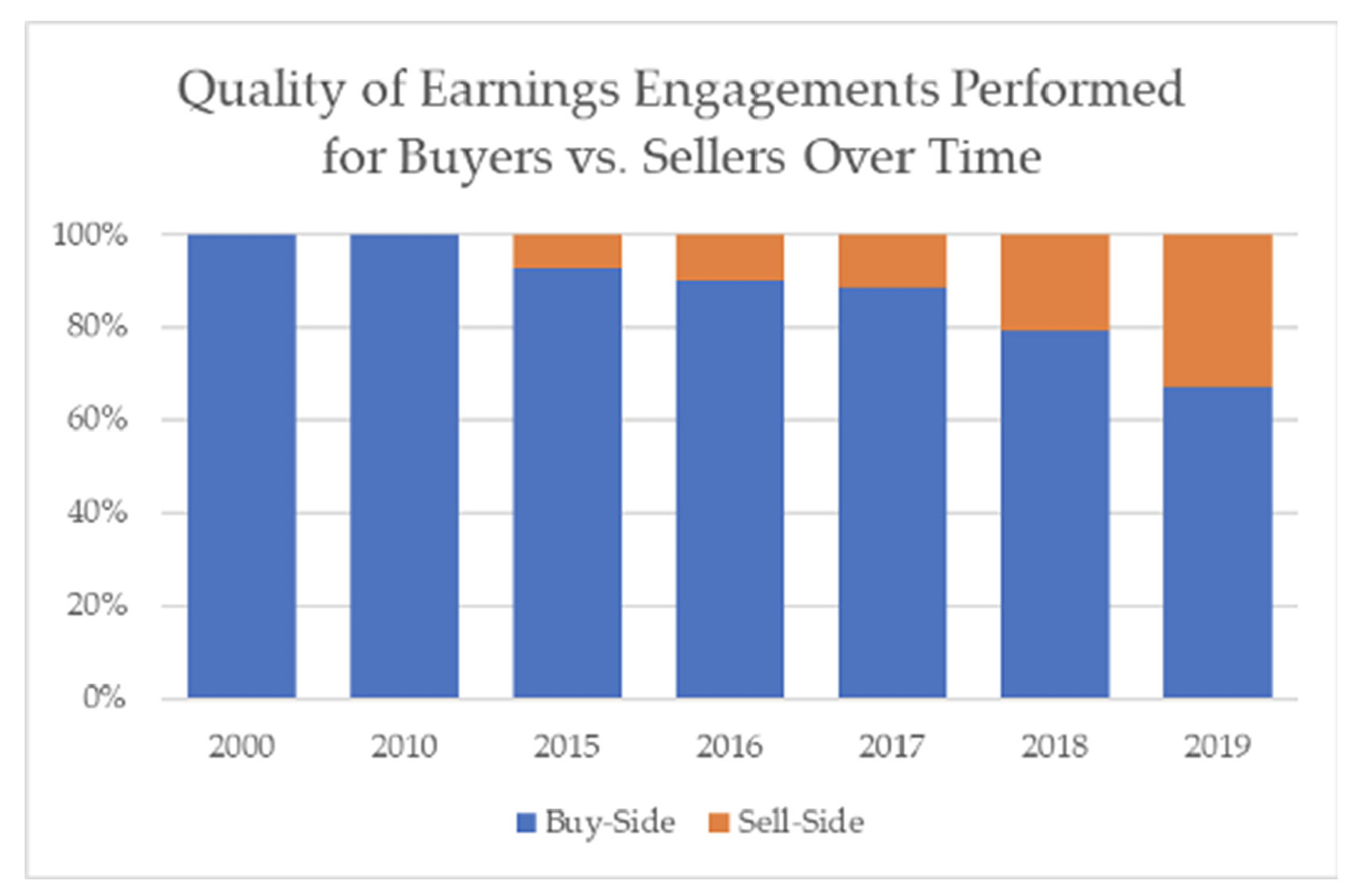SPECIAL REPORT
Wellvest is very pleased to share with you this very timely report from Dunn Rush and Co.’s results of a recent survey of leading Accounting firms regarding the impact of COVID-19 on business transactions. The results are on point and informative to any company considering a capital raise or sale in the next 12 to 18 months. Thoughtfully integrating these findings into business planning now will ensure that future transactions align with investors’ expectations. Please reach out to us if you have any questions regarding this survey or questions regarding a potential transaction. Thank you to Dunn Rush and Co. for conducting the survey and permitting Wellvest Capital to distribute it in its entirety. Accounting Firm
Survey Results:
Assessing the Financial Impact of COVID-19 on a Business Transaction
released: June 16, 2020
Accounting professionals who specialize in M&A transaction due diligence services were surveyed to gather their assessment of current market conditions during these unusual times and the critical factors that need to be addressed by any business owner considering a transaction. While many of these points are always important, the recent impact of COVID-19 on the financial performance of most businesses has highlighted certain areas that are now even more critical for potential sellers to document and address.
A detailed third-party financial due diligence review and analysis, typically performed by mid-sized, regional or national CPA firms, has been the cornerstone of a Buyer’s financial due diligence for a number of years now in middle market M&A transactions (companies valued between $20 – $250 million). The output of this work is commonly referred to in the industry as a Quality of Earnings (QoE) report. The conclusions of a QoE report can provide the rationale for a Buyer to significantly change their proposed valuation and deal terms in an unfavorable way when previously undisclosed issues are identified. For that reason, in recent years it has become common for an owner considering a sale to engage an independent firm to perform a “sell-side QoE” prior to launching a sale process. This allows a Seller to anticipate and potentially proactively address any possible issues that will be uncovered by a QoE. Sell-side QoEs have become a useful way for a seller to maximize the likelihood that 1) they will achieve and maintain the best possible price and terms in their transaction, and 2) that their preferred transaction will reach a successful closing. The transaction services professionals at the accounting firms we surveyed generally do approximately two-thirds of their work for Buyers, so their insights are particularly important for a Seller to be prepared to address.

Today, the most obvious new potential risk that needs to be understood by a Buyer relates to how COVID-19 may have changed a target company’s business model, relationships with employees and/or customers, or short- and long-term growth and profitability prospects.
Below are some of our key takeaways and findings from the survey:
Proving the “Pivot Point”. Buyers (and importantly, their financing sources) will require concrete proof, evidenced by ample data, to convince them a target company’s business has recovered from any adverse impact of COVID-19 (financial or otherwise). Strong financial controls, reporting systems, detailed documentation and analysis tools are always key for Buyers – this is even more critical now. Sellers need to develop and track the Key Performance Indicators (KPIs) that clearly correlate to the financial performance of their business, then be able to compare this to historical results, monthly trends and anticipated future results (examples might include trend reports in customer count, backlog, new orders, revenue per customer, churn rates, employee count, etc.). If a Seller can deliver this type of information in a predictable and reliable way, it provides greater confidence for Buyers that they will be able to read and manage the business with fewer unknowns. The less risk a Buyer perceives, the better price and terms they will be willing to offer a Seller. The opposite is also true.
Calculating the direct impact of COVID-19 on the financial performance of the company. Once you can establish that the business has recovered and is no longer being adversely impacted as a result of the pandemic, it is critical to be able to identify exactly how financial performance was affected and the exact time period that was directly affected. The more detail and concrete evidence a Seller can provide, the less likely a Buyer will be to discount their valuation or hedge their terms with contingencies.
The ability to produce accurate financial reports rapidly at month end is critical during a transaction process, but even more so when trying to get a transaction closed. During the due diligence process, it is imperative that a QoE analysis can be rolled forward with new information as quickly as it becomes available, so an accurate assessment of trailing twelve months (TTM) performance can be calculated and tracked.
Critical Information to Assemble
- Monthly financial statements (internal)
- Monthly trial balances
- Itemized tracking of all one-time/extraordinary expenses or add-backs
- Monthly management packages trackign KPIs
- Monthly budgets and forcasts
How will a QoE calculate or determine a Seller’s normalized annual financial performance that will be the basis for the Buyer’s proposed valuation and structure? This is ultimately the key question for a Buyer, and therefore most important to a Seller. The short answer is that every situation will be different, but in all circumstances, it will benefit a Seller to have as much quantitative data available to minimize any necessary interpretive qualitative assessment. One logic-based approach likely to be used in many QoEs would be as follows:
Step 1: Verify the Pivot Point has been reached and determine the month where financial performance of the company has returned to a more normal pattern.
Step 2: Identify the performance levels of the appropriate pre-pandemic months that should be used as a benchmark (note that methodology will differ based on the business – examples might be to use the same prior year calendar months, or in other cases more appropriate to use the run rate months immediately prior to the pandemic).
Step 3: Evaluate any “new normal” conditions that have changed the business model of the business and make appropriate adjustments to all historical data used to approximate impacted months.
Step 4: Create a pro forma TTM analysis by replacing impacted months with the approximated monthly data.
This type of approach will vary for every company based on the specific dynamics of its industry and business model – seasonality, cyclicality, market growth trajectory, etc.
Multiple respondents highlighted that it is important to understand that adjustments for pandemic-related financial impact on a business may not always be in the favor of a Seller. For example, a manufacturer that may have generated strong profits by conversion to producing PPE temporarily during this period of time will need to remove the positive impact of doing so from its analysis of “normalized” performance.
What information will need to be provided relating to COVID-19 that hasn’t traditionally been necessary? Buyers will want to know what operational changes have been implemented to comply with federal, state and local government guidelines for safely reopening for business. It will be important to identify any changes in human resources policies that have been addressed with employees. A Seller also should have well-prepared responses to the following types of questions and discussion topics:
- How specifically did your company adapt to the challenges caused in response to the pandemic?• How specifically did your company adapt to the challenges caused in response to the pandemic?
- How did you change the way your employees do their jobs?
- How did you change the way your company interacts with customers and delivers its products and services?
- Was your supply chain disrupted? If so, how did you address this?
- How quickly and effectively did your management team implement any of the strategies and tactics above?
- Which changes above were temporary, and which have become a permanent modification to your company’s business model and future prospects?
- The answers to some of these questions will be used to evaluate the strength of a Seller’s management team and decision making process, with a specific interest in how effectively the Buyer believes management could deal with a possible reoccurrence of a COVID-19 spike several months from now.
How will a PPP Loan impact a QoE analysis and be treated by a Buyer? Many businesses needed the assistance of the PPP loans funded under the CARES Act. From an operating perspective,
recordkeeping in regard to employee retention, furlough and layoffs needs to be detailed and accurate. If a Seller received such a loan, a Buyer will need to understand whether some or all of that loan can or will be forgiven. If there is any question, a Seller should expect that some form of contingency will be tied to the outcome – most likely a separate escrow account to be released only after any potential PPP repayment obligations are ultimately resolved. Some Buyers will insist all PPP borrowings are repaid prior to closing a transaction. Government guidelines on forgiveness and potential audit requirements have been fluid, so it is likely that a Seller will be tied to any possible future liability relating to PPP in some way.
SUMMARY
A Seller needs to have a concrete viewpoint or answers on all the topics identified above. In the absence of being given an informed and documented response to these topics, a Buyer will develop one on their own. This will almost certainly result in a less optimistic and more cautious approach by the Buyer, leading to a less aggressive valuation and transaction structure that shifts greater risk onto the Seller in the form of less cash up-front and greater reliance on performance contingencies.
Business Owner Checklist
- Compile detailed monthly financial data and records
- Document all calculations of PPP loan forgiveness
- Document your response to the pandemic: What you did, when you did it, and how you evaluate the effectiveness of your action plan
- Determine and be able to prove the Pivot Point
- Estimate the normalized performance of impacted months using your over-year and run-rate data prior to March 2020
- Carefully reevaluate and/or develop a detailed monthly forcast for the remainter of 2020 and begin developing your 2021 budget.
- Track monthly KPIs and financial performance against forcasts.
In conclusion, a Seller always gets a higher price and better terms from a Buyer when the perceived risks can be minimized or mitigated, and a lower price and less favorable terms with greater uncertainty. Without doubt, the recent outbreak of COVID-19 and the unknowns relating to whether there will be a reoccurrence in the fall, when or whether a reliable vaccine will be developed (and made widely available), and when or whether the general public will be able to resume typical day-to-day activities combine to create unprecedented levels of unquantifiable risk and uncertainty for many businesses. A Seller must do everything possible to be prepared and to give Buyers confidence in the performance and resilience of the business. Sellers that can do this will receive offers with stronger price and favorable terms. Those who do not may find it challenging to complete a deal at all in the next 12 – 18 months, at any price.
